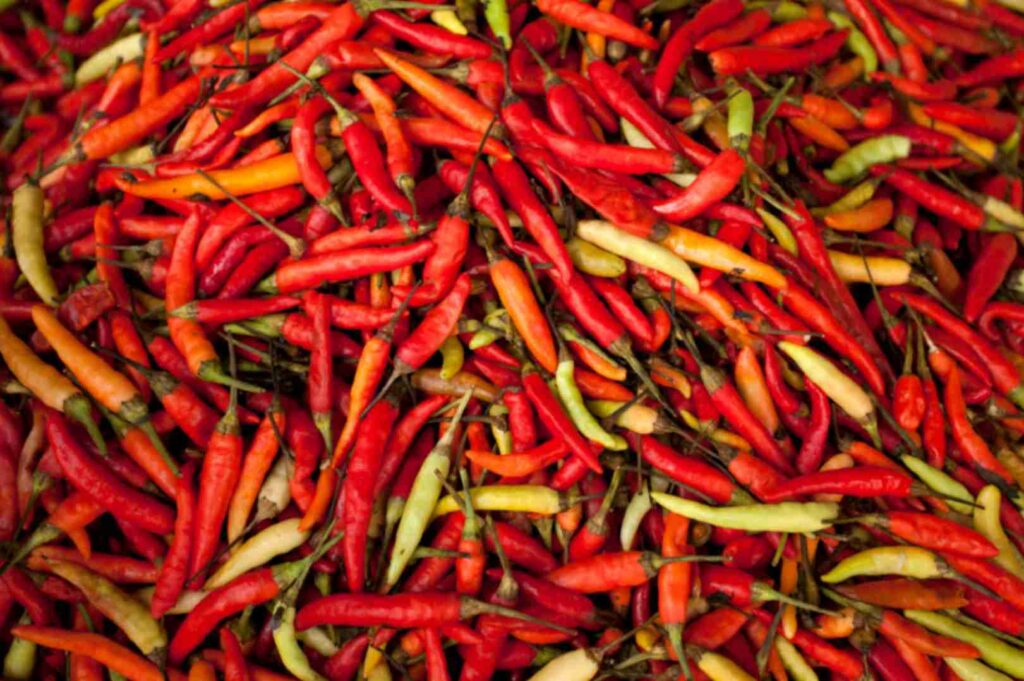Whenever I am up to grocery shopping, there is one ingredient that I deliberately avoid, and that is, dry red chili powder. Though a couple of recipes need this ingredient, but for my regular day-to-day cooking, I opt for ripe green/red chili paste instead of the dry red chili powder. Trust me, the aroma of the freshly pasted chilies changes the whole experience of cooking. But, it’s quite task-some for regular practice. So, I prefer to make the red chili paste once for all and store it in the fridge, so that my cooking doesn’t go dull without spice. But storing green/red chili paste properly is a challenge. You have already learned how to store onions and store garlic. Now, it’s time for chili paste.
Let’s see how you too can attain the freshness of chili paste for a longer period of time.
The red chili paste:
Separate the stems before you start the process. Take a blender. Make a paste of ripe green/ red chilies without water. Use sesame or vegetable oil to make the paste smoother or less flaky. You may add some salt while blending, as this also helps in preservation. Though I do not introduce garlic cloves in making the paste, as some of my recipes don’t allow it. But, you may add a couple of these too if you like.
Storage:
Refrigerate it for a shorter period of time (Shelf life is 2 weeks)
Take a clean and airtight glass container.
Now, pour a thin layer of oil to prevent mold. Now pour the paste into the container and keep it airtight.
Refrigerate it in the fridge.
Tip: Use a dry and clean spoon to scoop out the paste while using.
Freeze it for a longer period of time (Shelf life is 3 months)
Take ice cube trays or small silicone molds. Now pour the paste into the molds and freeze them until rock-solid.
Transfer the cubes to the freezer-safe bags or containers.
Label them with the date.
Tip: Bring out only as much as your recipe requires and thaw before you start cooking.
The extra Tips:
- Add vinegar or lemon juice if your recipe gives you permission. An increase in the acidity helps preservation.
- Always avoid contamination of the used-up utensils. Never double-dip any spoon or use wet utensils.
- If you smell it sour or can see some molds, just discard it.
Conclusion:
Though Freezing is a quite good option but a tropical country like India doesn’t allow for holding freshness for 3 – 4 months. Rather, I prefer storing it for a shorter while. But if you are staying in a much cooler place, you certainly can go for the freezer storage option. Cooking is simple if you know how to manage the time. Enjoy!
Read other Kitchen Hacks here.

